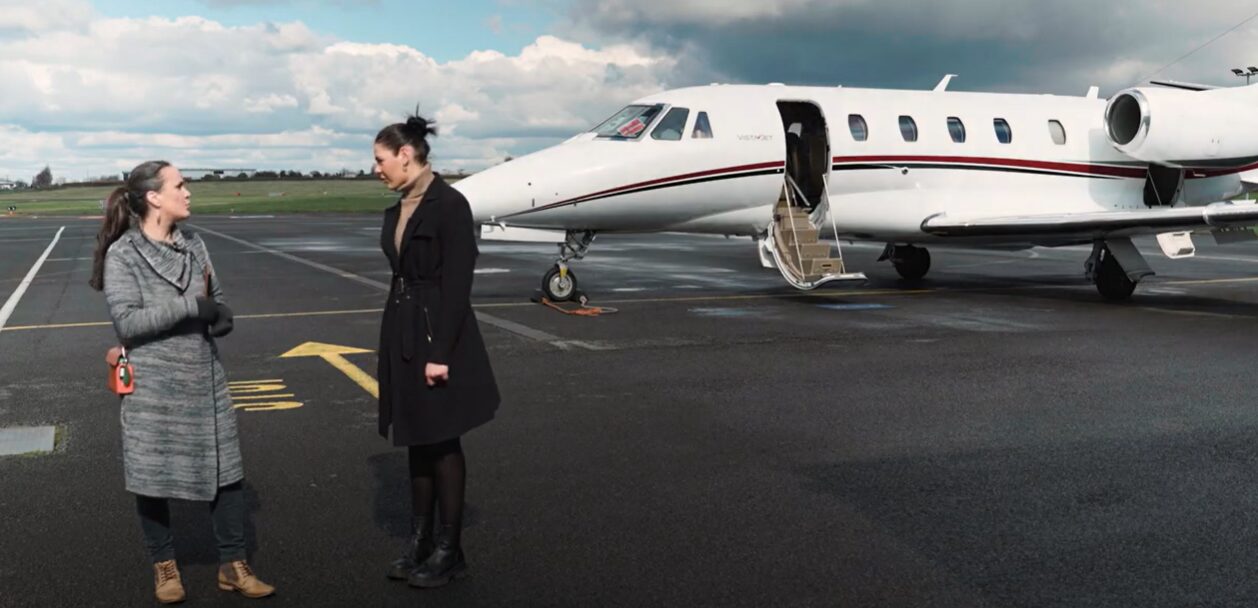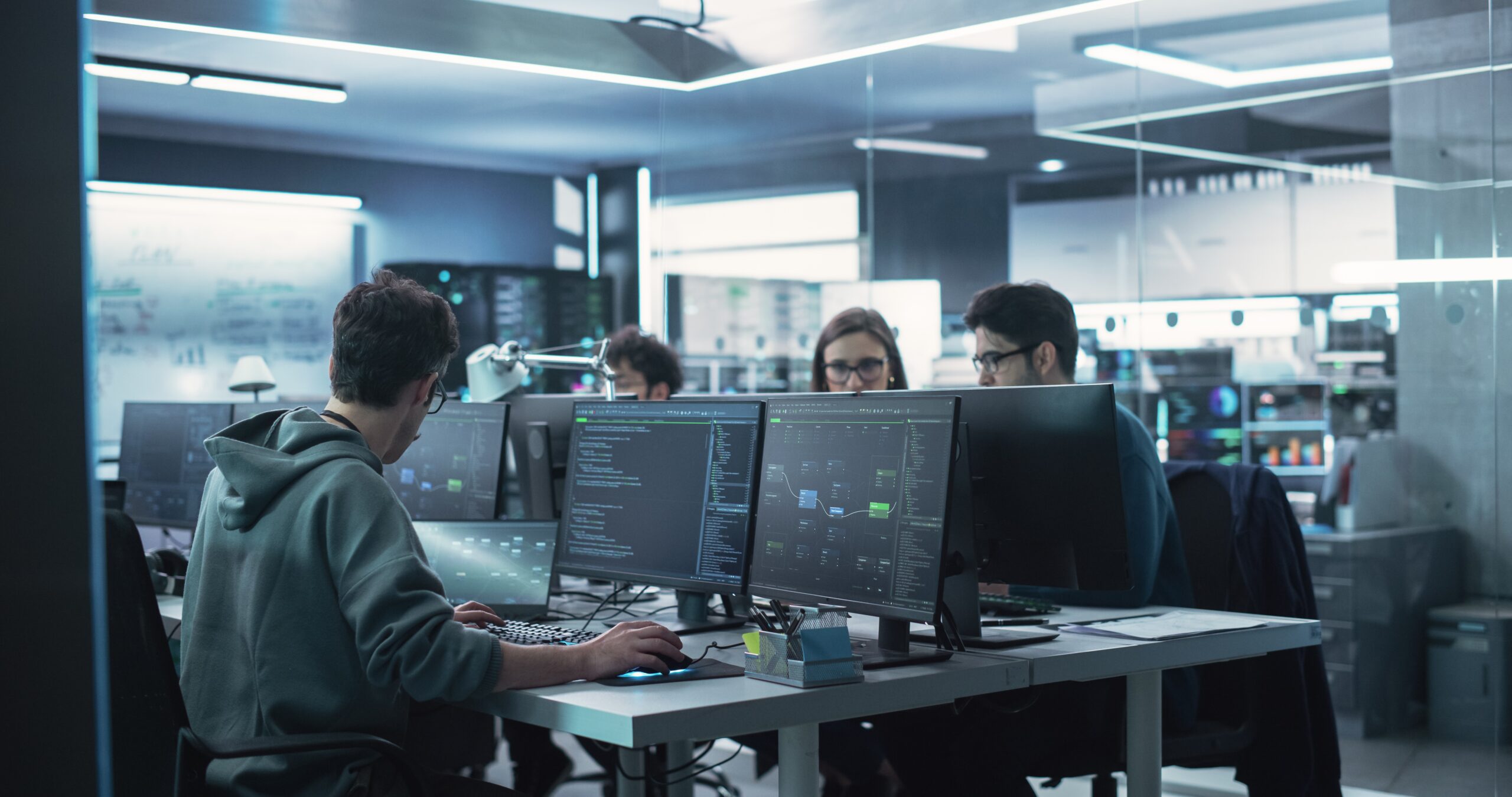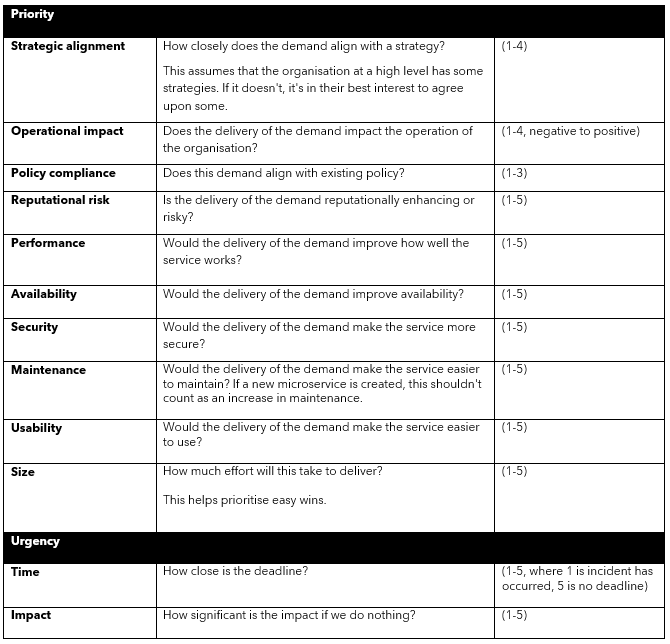
When people talk about digital twins, they often picture a virtual representation of a physical thing such as an airplane, allowing simulation of changes to design and measuring against different variables to see the impact of those changes. This leads to innovative designs, because the risk of R&D is greatly reduced when able to test hypotheses in the safe space of the virtual world.
The beneficial impact of digital twins doesn’t end with physical assets, however. The same principles can be applied to whole systems, be it the communications system used on board that plane or the whole ecosystem required to get the plane safely off the ground, with the right passengers, the right baggage, the right fuel and the right flight plan.
Whether a sprawling international hub with thousands of flights per day or a smaller airport like the one we visited in Staverton, digital twins can enable rapid optimisation and growth and great reductions in waste and errors. So, what are three pivotal ways in which digital twins can make a difference?
A Digital Twin — a virtual replica of a physical asset or a system capable of revolutionising how regional airports manage their resources, optimise operations and plan for the future. Gloucestershire Airport, servicing private aircraft, helicopters and even emergency landings, is the perfect example of where this innovation could have a real, immediate impact.
1. Fuel Management: beyond just “how much?”
Fuel is the lifeblood of an airport’s operations, and in smaller airports, every litre counts. By deploying sensors on refuelling tanks and storage facilities, airports can continuously monitor both the quantity and quality of fuel in real time. Moisture ratings, contaminant detection and temperature controls would ensure fuel meets strict aviation standards, minimising the risk of supply issues or quality failures.
Using historical demand patterns combined with predictive analytics, a digital twin could forecast fuel usage trends, allowing smarter resupply scheduling. Not only would this optimise operational costs, but it could also reduce the carbon footprint associated with frequent, unnecessary fuel deliveries.
2. Full operational visibility: from touchdown to take-off
Imagine a live, data-driven view of the entire airport, from a helicopter’s landing and its passengers’ disembarkation to baggage handling efficiency. A digital twin could integrate sensor data, RFID tracking, business systems and operational logs to create a single pane of glass for airport managers.
Delays in passenger flow? The system would spot them instantly. Baggage bottlenecks? Highlighted before they become a passenger satisfaction issue. Even emergency landings could be better coordinated with real-time scenario simulations.
3. Learning from the past and testing the future
One of the most powerful advantages of a digital twin is its ability to simulate “what if” scenarios without touching the real-world setup.
- Historical analysis: Why did baggage handling slow down during the last peak season? Where could staffing have been more efficient?
- Virtual experimentation: What happens if a new refuelling procedure is trialled? What’s the impact of changing the location of helicopter landing pads?
By creating a safe environment to design and test improvements virtually, smaller airports could avoid costly, disruptive errors and implement proven optimisations with confidence.
How CACI can help you reap the benefits of digital twins
Digital twins aren’t reserved for the world’s largest airports or organisations. They offer just as much— if not more— value to smaller, agile organisations where every efficiency gain translates to a significant operational advantage.
The future of aviation infrastructure isn’t just about scaling up. It’s about scaling smart, starting with embracing the power of a digital twin.
Discover more about Mood’s cutting-edge advancements in digital twins with our latest video, created in collaboration with CyNam. We delve into real-world applications of digital twins, offering insights into how these virtual replicas can address challenges and drive innovation.










